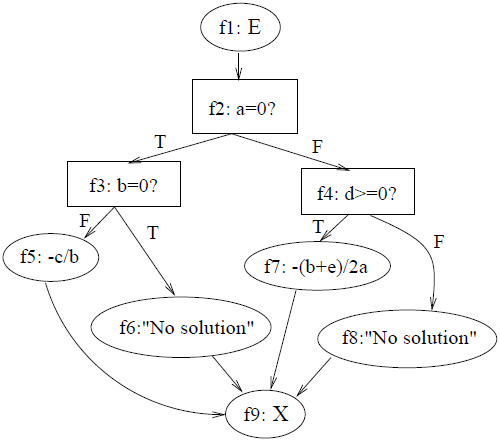Authors
Gregg Rothermel, Lixin Li, & Margaret Burnett
Abstract
Form-based visual programming languages, which include electronic spreadsheets and a variety of research systems, have had a substantial impact on end-user computing. Research shows that form-based visual programs often contain faults, and that their creators often have unwarranted confidence in the reliability of their programs. Despite this evidence, we find no discussion in the research literature of techniques for testing or assessing the reliability of form-based visual programs.
This paper addresses this lack. We describe differences between the form-based and imperative programming paradigms, and discuss effects these differences have on strategies for testing form-based programs. We then present several test adequacy criteria for form-based programs, and illustrate their application.
We show that an analogue to the traditional "all-uses" dataflow test adequacy criterion is well suited for code-based testing of form-based visual programs: it provides important error-detection ability, and can be applied more easily to form-based programs than to imperative programs.
Sample

This figures displays the formula graph for cell f of rootsolver.
In the figure, expression nodes, shown as ellipses, represent simple expressions. Predicate nodes, shown as rectangles, represent conditional expressions; labeled edges out of these nodes represent control paths taken when the conditional expression evaluates to the value of the edge label.
Publication
1997, 8th International Symposium on Software Reliability Engineering, November, pages 96-107
